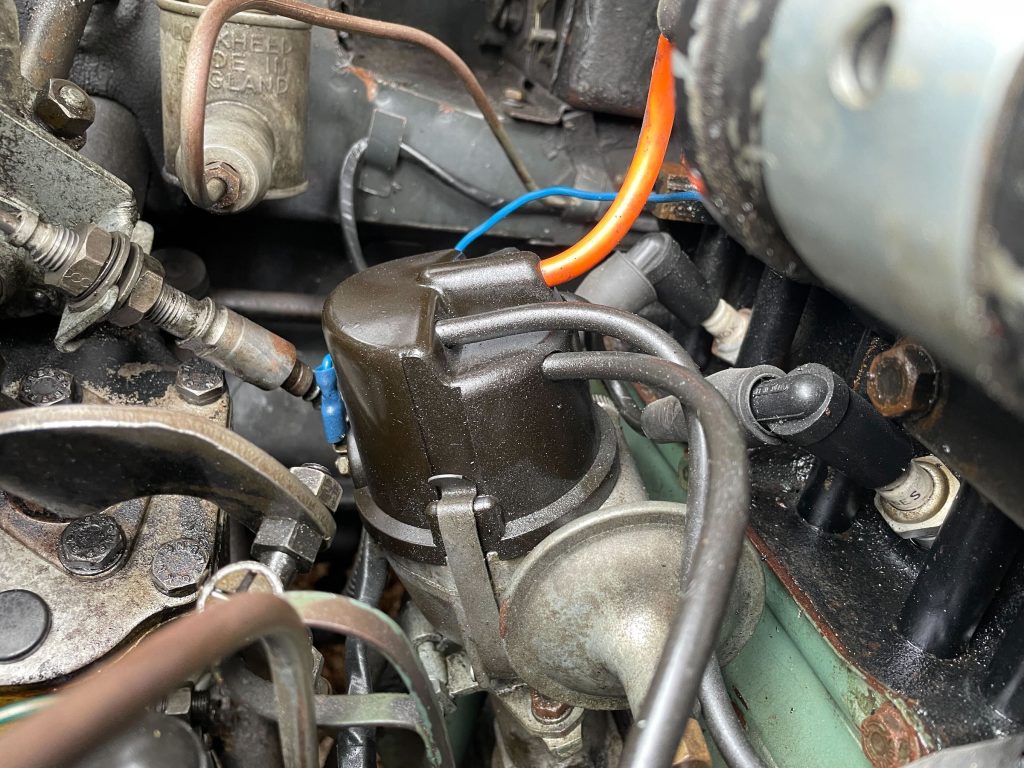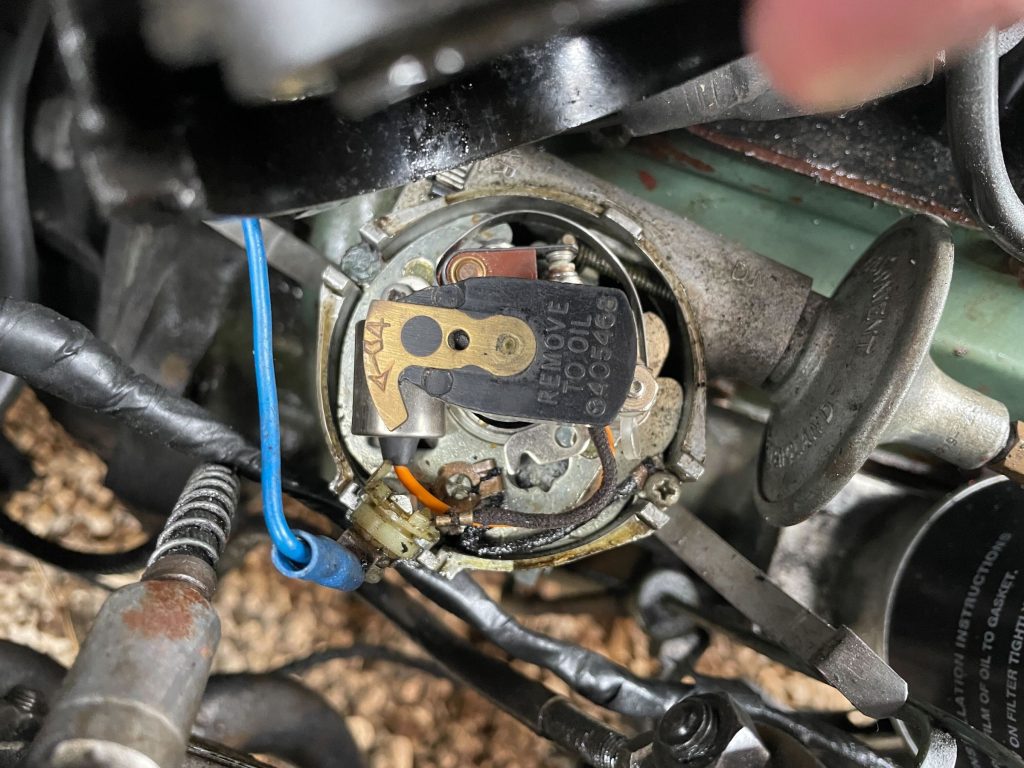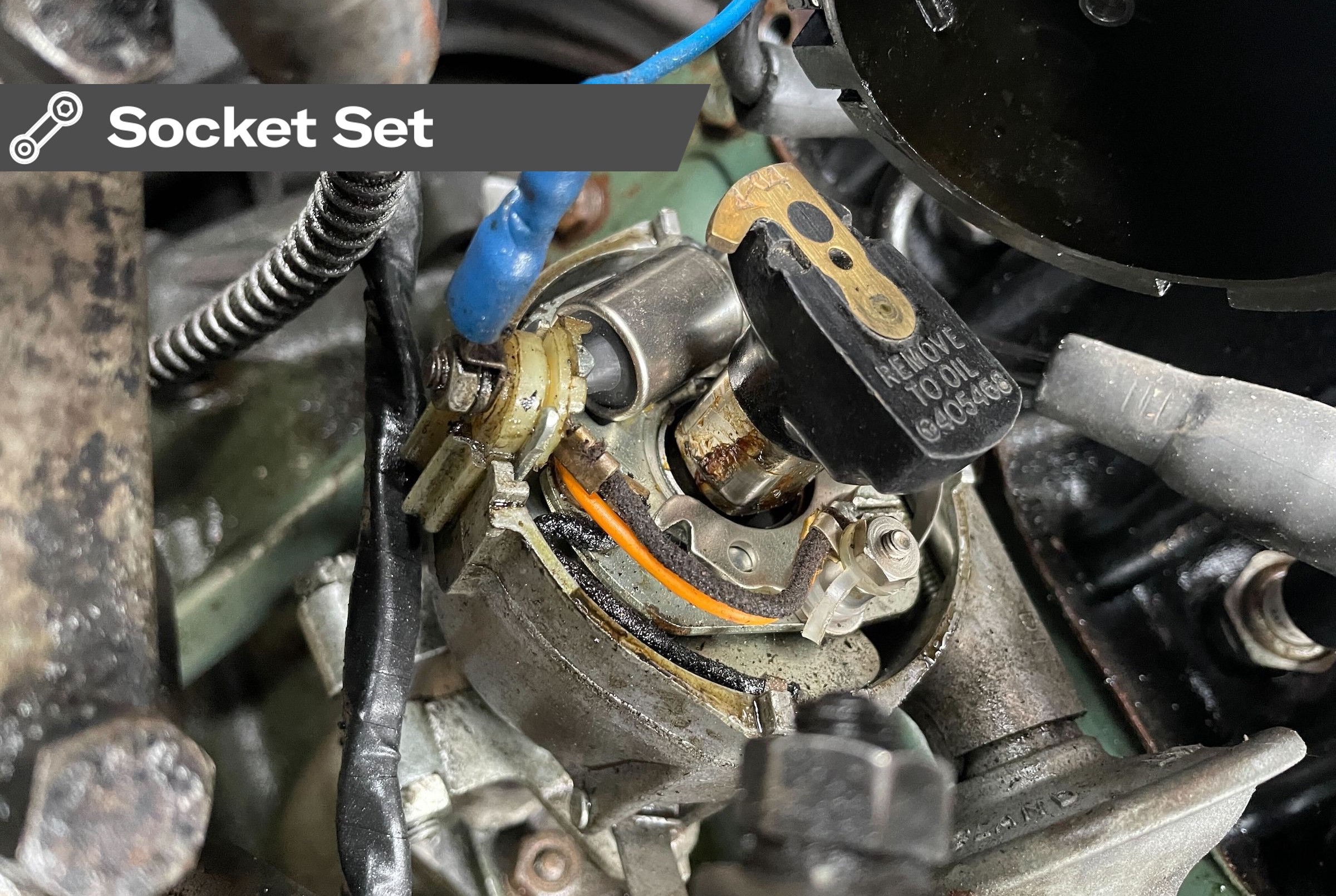Grabbing those last few sorties towards the end of summer is great, but I also like to indulge in a bit of tinkering time which is useful on a couple of fronts. One is the peace, quiet and simple pleasure of working on a car but also, tackling the odd job and focusing on mechanics for a bit sometimes reveals an unexpected gremlin or two. It’s also a good opportunity to factor in a few summer checks before the nights draw in, the weather turns nasty and before you know it, it’s time to get on with the whole winter maintenance thing.
How much needs doing depends a lot on the age of the car, whether it’s been restored and what condition it was in before you started. A well looked-after modern classic (1980s or 1990s) may need very little but older cars, say pre-1970s, may need constant routine fettling to keep them sweet.

An example is any car with a traditional ignition system consisting of a distributor, points, condenser and ignition coil. That kind of ignition needs frequent checking by modern standards, even if it was adjusted at the beginning of the summer, and the main thing I like to keep a close eye on is the points gap.

Early contact breakers had a fibre body and heel (the bit in contact with the distributor cam). Fibre was superseded by plastic but for authenticity, the fibre versions are being remanufactured. In both cases the heel is prone to wear as it slides across the cam and as that happens, the points gap closes causing running problems. Signs of badly closed-up points are difficulty in starting and spitting back through the carburettor and that can be annoying if you’re en-route somewhere.
In some cases the heel would be lubricated by a felt pad in contact with the cam and wetted with light oil to at least slow down the wear rate. If present in the distributor design, that little pad is probably one of the most overlooked items in an early ignition system. Two, small, lonely vertical prongs on the points or the distributor base plate indicate the pad is missing altogether.
Alternatively, the pad might be in place between them but worn out, not touching the cam or dry as a bone. If it is supposed to be there, its worth making sure it is and doing its job because it will prevent points wear and possible problems while on a road trip. If you think about it, the heel of the points is being lifted by the cam every time a cylinder fires, so it’s working extremely hard.

The easiest way to check the gap is to select second or third gear and rock the car gently until the points are fully open – it’s easy enough to see when they are. Another tip is to twist the cam against its ignition advance and retard springs to be absolutely sure the heel of the points is sitting on the crest of the cam lobe.
Once that’s done, check the gap with feeler gauges, the aim being that the blade of the gauge is being lightly gripped by the points without actually forcing them open. A good tip is to start with a smaller gauge, say 12 thou for a 15 thou gap. If it’s slightly loose, then you know you’re on the right track. After doing this often enough, and despite the small tolerances, it’s possible to see at a glance that the points gap is too small or too big.
While the distributor cap is off, and especially if it’s elderly, a quick check for cracks is worthwhile. I’ve never had one cause a problem for that reason but then, the caps have often been renewed at some point. A couple of other obvious things to check are the condition of the rotor arm and that all the HT leads are securely fitted. It only takes 30 minutes to check a distributor and adjust the points and it can avoid the need for mucky hands at a lunch halt.
Read more
Socket Set: About time you checked your engine’s timing?
12 essential automotive chemicals for your garage | DIY
How spark plugs work and what they can tell you about your engine | DIY









